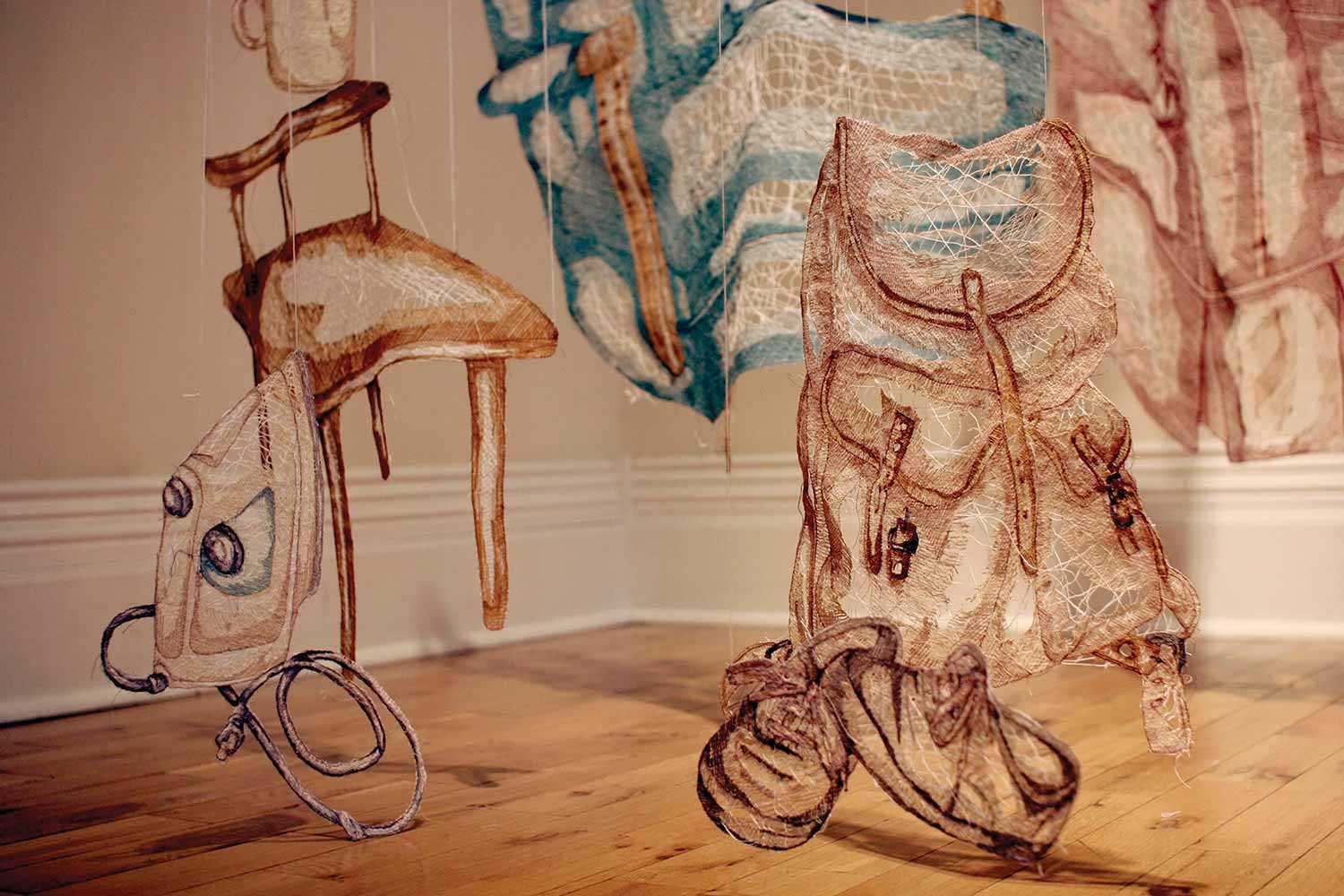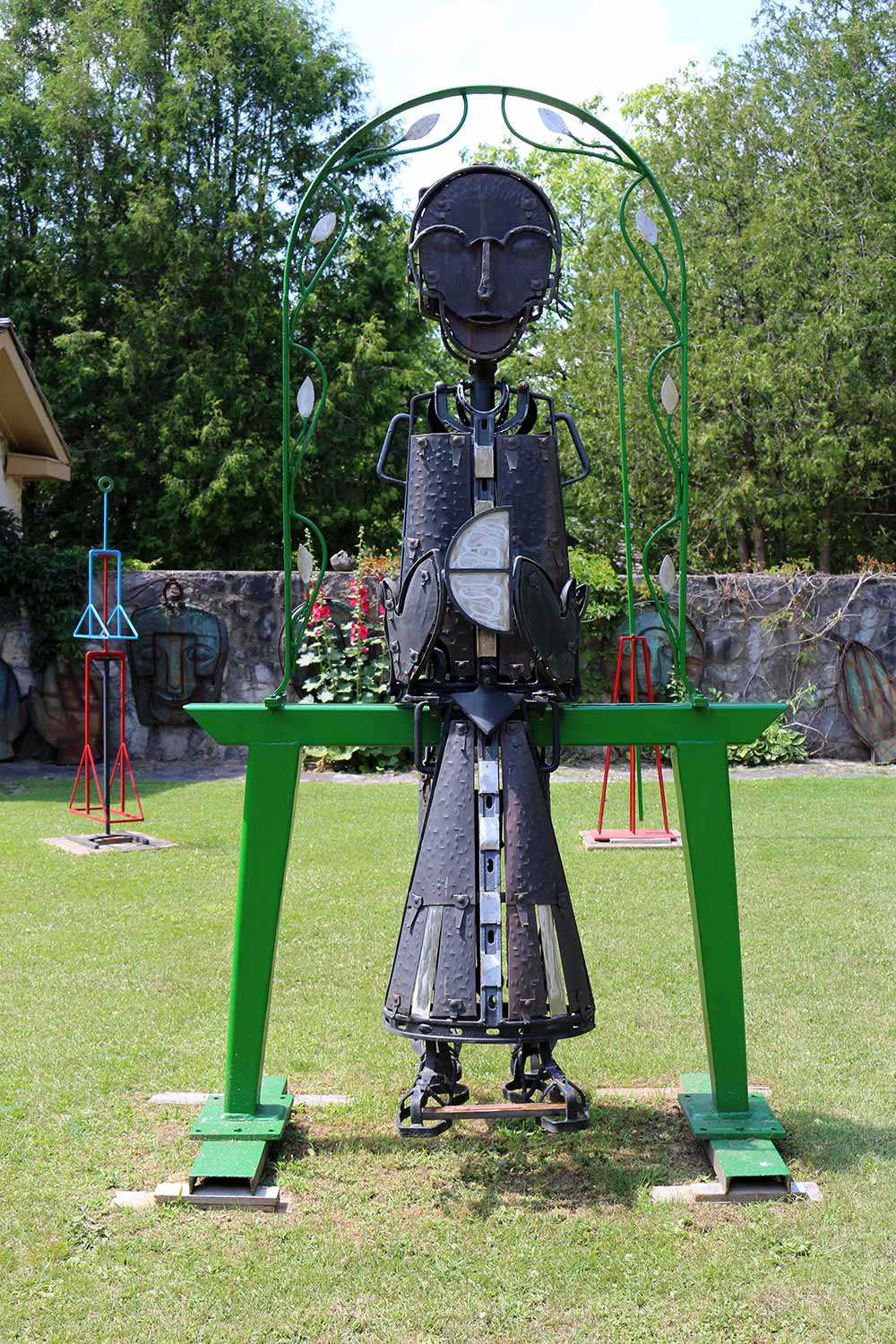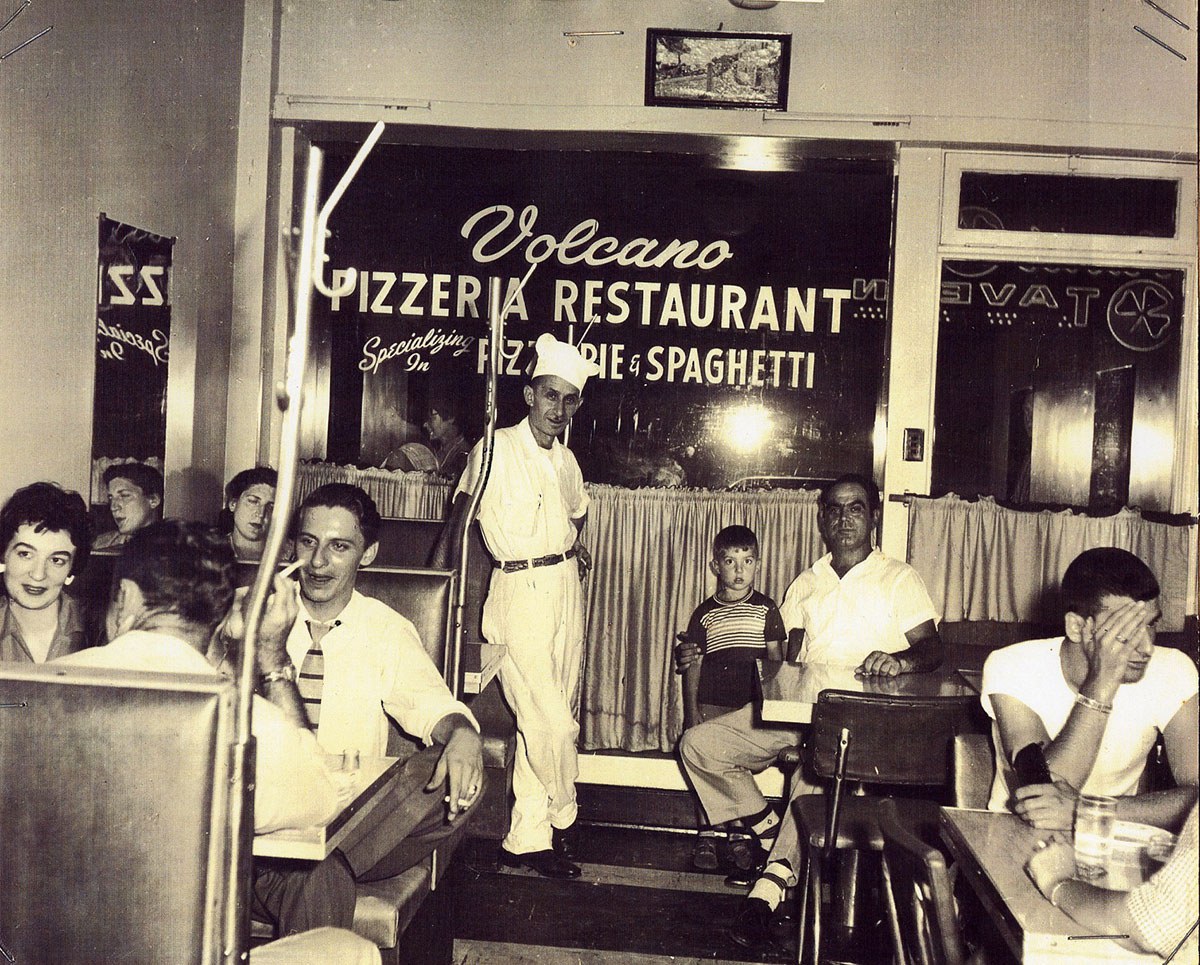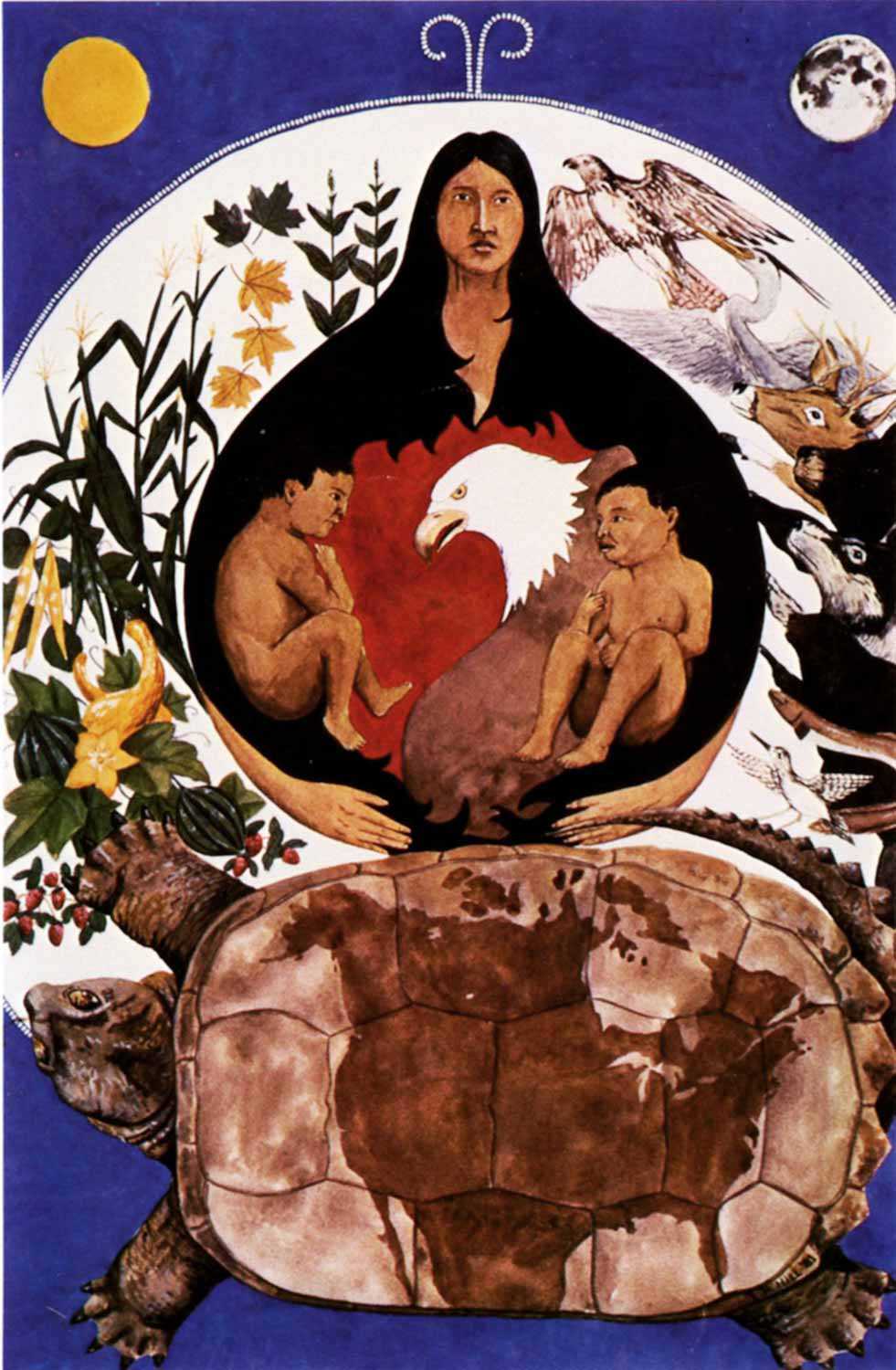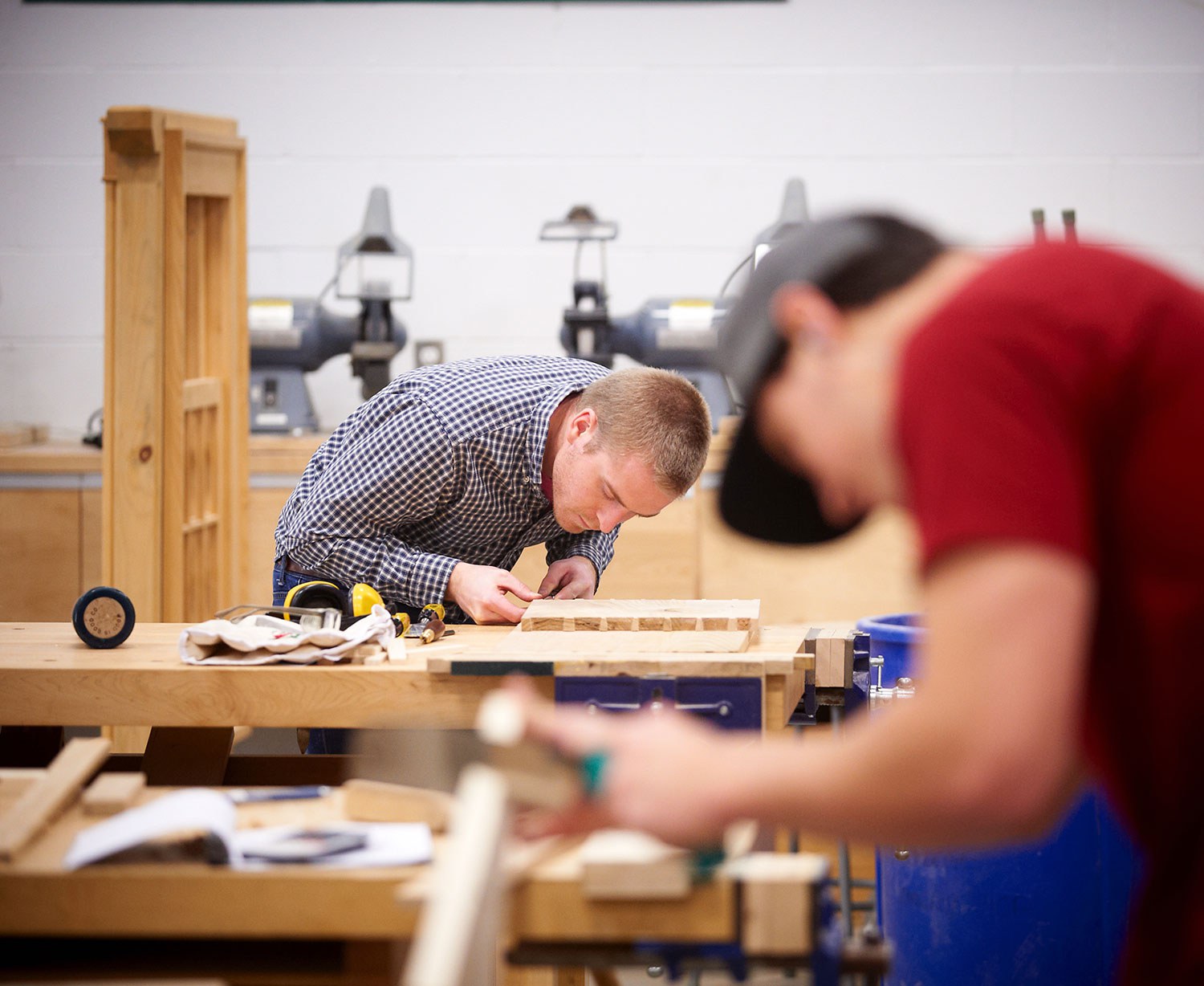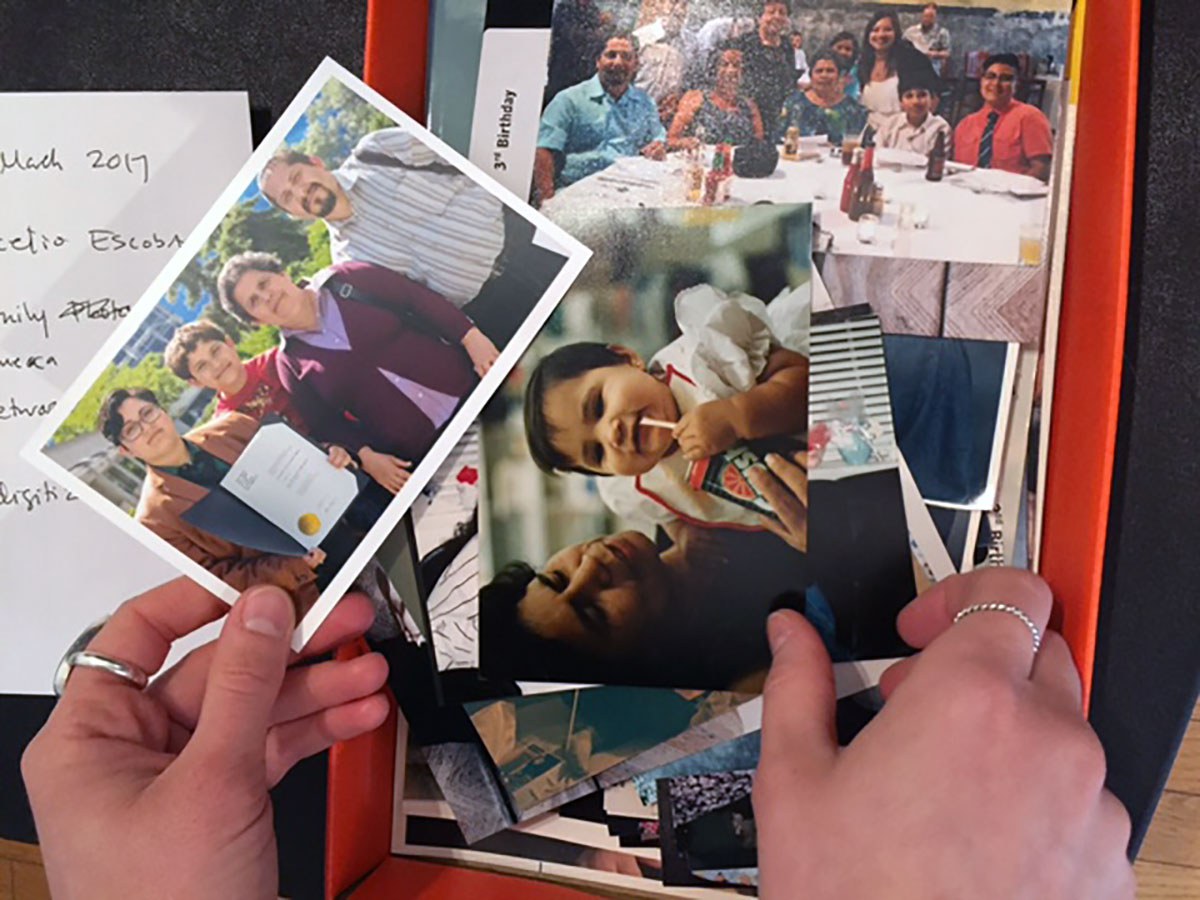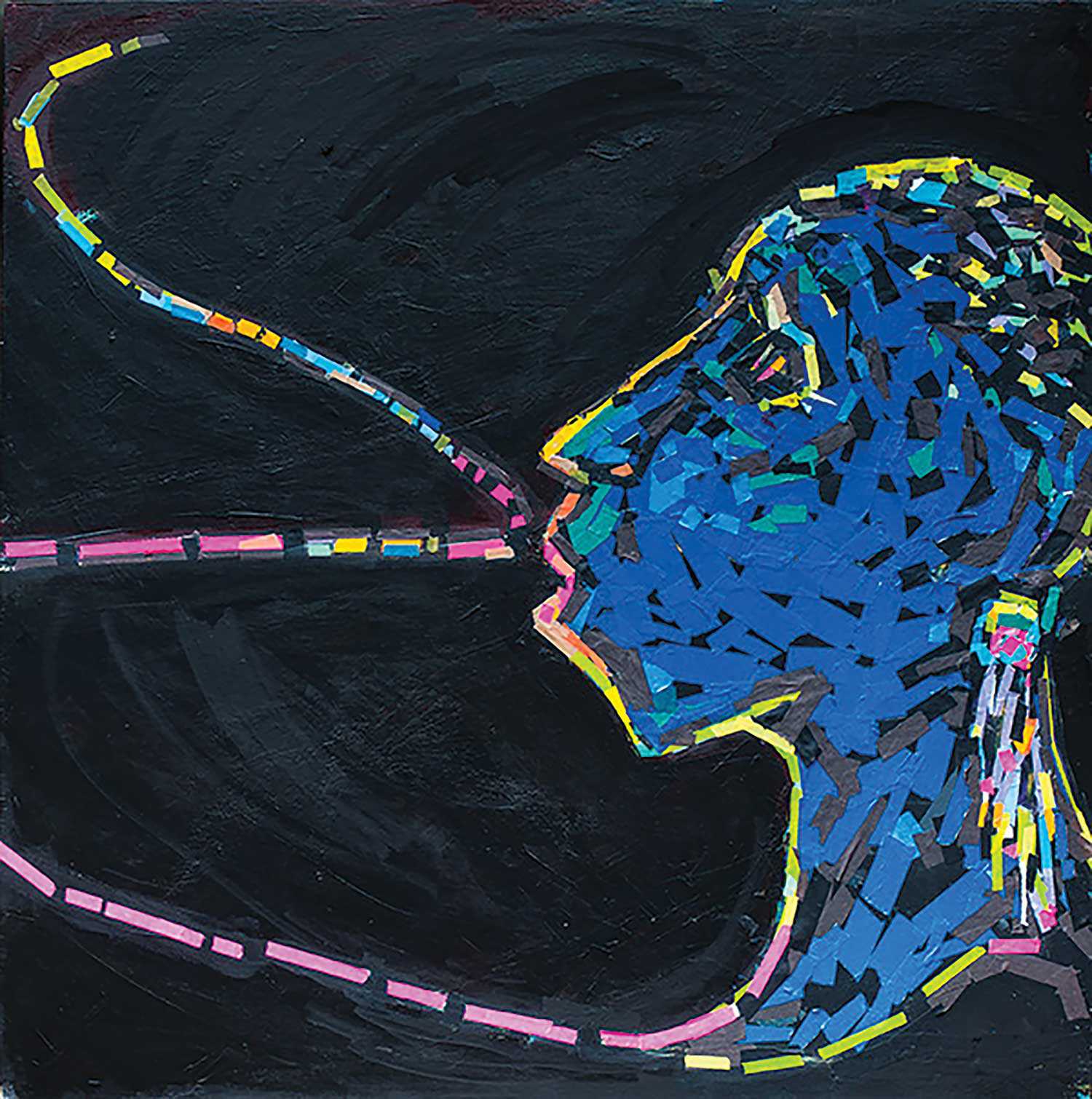

Browse by category
- Adaptive reuse
- Archaeology
- Arts and creativity
- Black heritage
- Buildings and architecture
- Communication
- Community
- Cultural landscapes
- Cultural objects
- Design
- Economics of heritage
- Environment
- Expanding the narrative
- Food
- Francophone heritage
- Indigenous heritage
- Intangible heritage
- Medical heritage
- Military heritage
- MyOntario
- Natural heritage
- Sport heritage
- Tools for conservation
- Women's heritage
Intangible heritage – understanding life’s rhythms
It is easier to be aware of our cultural heritage – the landscapes and buildings, art, sculpture and objects created by humans over millennia. We can see these works, estimate the era in which they were created, measure and touch them. Intangible cultural heritage is less concrete. It is fleeting and difficult to grasp, easier to overlook because it is part of the fabric weaving together our everyday lives. Like culture itself, it lives on only when it is lived and it evolves with every generation’s interpretation. And as it mingles with the heritage of other cultures, a uniquely Ontarian expression emerges. While that makes it lively and vibrant, its very nature is its vulnerability – it is more fragile, more difficult to identify and safeguard.
UNESCO defines intangible cultural heritage as “traditions or living expressions inherited from our ancestors and passed on to our descendants, such as oral traditions, performing arts, social practices, rituals, festive events, knowledge and practices concerning nature and the universe or the knowledge and skills to produce traditional crafts.” Its importance lies in its ability to transfer knowledge and information within that identity group and across cultures. Are our oral history traditions, our community stories being drowned out by popular culture or the dominant culture? Or do these many and varied traditions and stories shape and inform popular culture? How do we protect them?
Let’s think about this.
Have you ever experienced the masquerade traditions of the Toronto Caribbean Carnival, the dance competitions at Curve Lake Pow Wow, the mass bands of the Glengarry Highland Games or an Emancipation Day celebration in Dresden or Owen Sound? Can you hear the music, the drumbeats? Are there special foods that carry special meaning or are served at certain events and occasions? Music, dance, theatre, storytelling and food are all part of those celebrations – entertaining, certainly, but also meant to carry forward history, language and identity from one generation to the next. In fact, all forms of human communication contribute to intangible heritage.
How are knowledge and traditions, crafts and skills taught in your family or your community? Do you sit at the feet of your elders, walk the land together, listen to the grandfathers and grandmothers, talk with the wisdom keepers? The stories may have been committed to the history books, the museums and archives, or they may be held in the memories of those chosen to carry them forward.
Digital technology may offer ways to share and safeguard intangible heritage in the future, but it too is fragile and ever-changing. Is your life story carried around on your mobile device, your photographs and letters with loved ones stored in the cloud?
Perhaps you have a home or a treasured object that was crafted by hand, by methods passed from generation to generation. The object itself is a tangible representation of the traditional skill or art form that created it and the creativity of its maker. Are traditional skills and crafts being pushed aside by the speed and economics of disposable materials and mass production? How do youth learn the intricacies of hand-work and traditional craft? We can’t maintain much of our tangible heritage without also preserving the traditional knowledge and skills of how it was originally fashioned. These skills carry with them inherent wisdom necessary for human survival now and in the future.
There are rituals and ceremonies that transmit the stories – and perhaps the faith – of your community. The rhythms of life, the patterns that organize our lives, are they driven by connections to the land, the planting, growing and harvesting of crops, by the sacred rites, seasonal migration patterns, by the seasons? We are asking you to reflect on how these phenomena may influence your life, perhaps even without your realization.
We often refer to the ‘character’ of a neighbourhood. This includes but extends beyond architecture to the people, activities and histories that define them – to their lived experience. Neglecting or ignoring these elements can have as destructive an impact as letting their building crumble and disappear. For example, Kensington Market in Toronto was designated a national historic site of Canada in 2005, in part to recognize its role as a “microcosm of Canada's ethnic mosaic, where many different ethnocultural communities, searching for an affordable home, have each added to the market's layers of cultural variety, maintained a dynamic, culturally diverse market and contributed to a vibrant street life”.
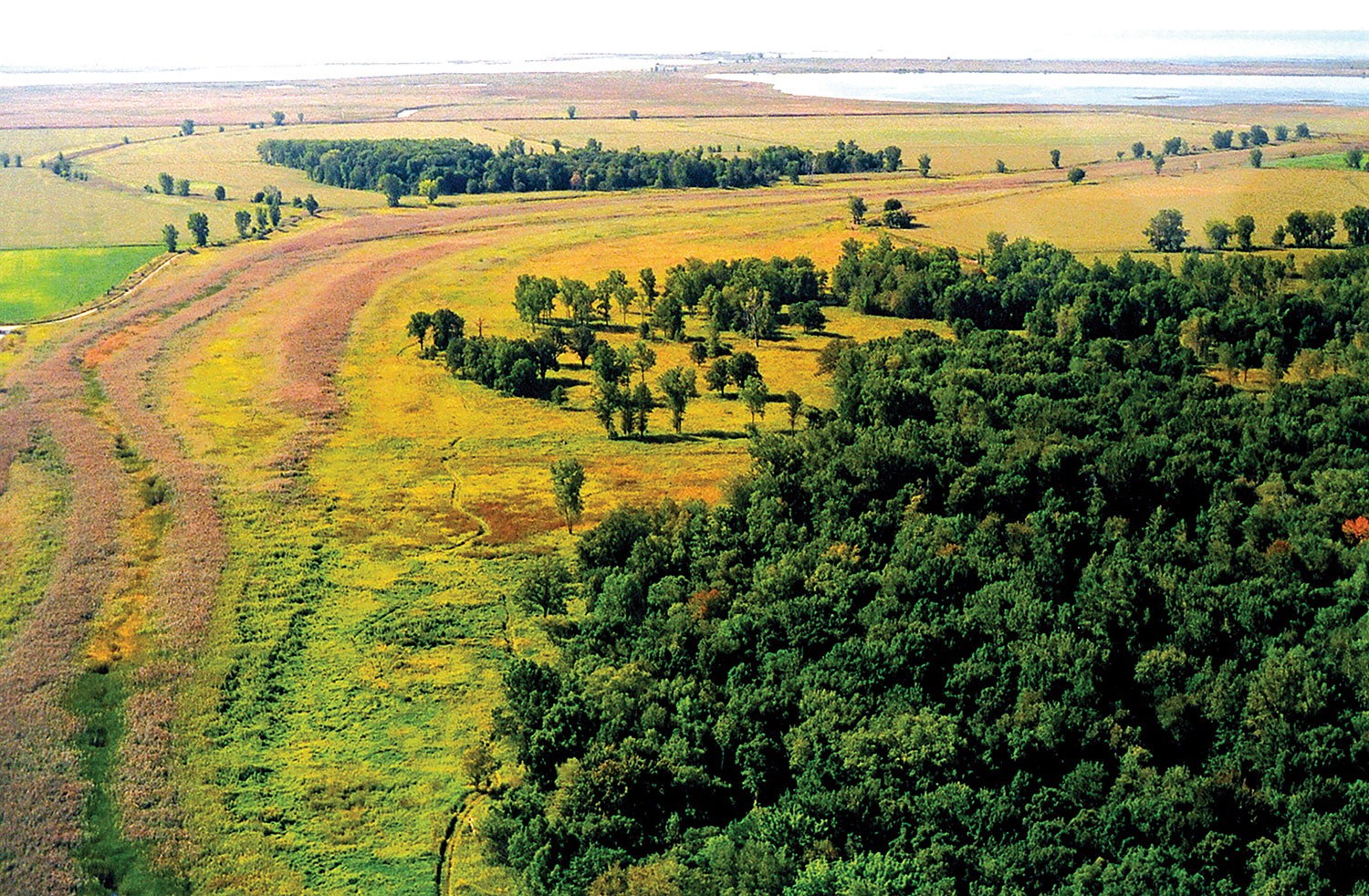
Intangible heritage can inform our approach to the environment. The Bkejwanong territory has been cared for by the Walpole Island First Nation for many generations through traditional and sustainable ecological approaches to land and water. Aerial view of Walpole Island First Nation showing Potawatomi Prairie in 2004.
Sport is also part of our lived experience – skills and traditions are passed down from generation to generation. How many of us learned to skate on a backyard rink, played basketball in the driveway and traded baseball cards? How many cherished jerseys hang in your closet? We celebrate our sports heroes and when the PanAm Games, the Indigenous Games and the Invictus Games come to Ontario, we show up in great numbers to support our athletes.
Music is also an important transmitter of intangible heritage. The Black community has long passed down stories of hope and faith through music. Used to communicate routes of the Underground Railroad, spirituals, gospel and folk music gives voice to the struggles for freedom and played a crucial role in the civil rights movement. These songs, shared now through generations, continue to build unity and inspiration.
Emancipation Day is celebrated on August 1st each year to mark the abolition of slavery throughout the British Empire in 1834. Such commemorations and festivals provide a vibrant link to our intangible heritage, celebrating traditions of dance, music, song and storytelling and the connection of community to place. Children and youth compete for recognition. The Franco-Festival Thunder Bay, the Temagami Canoe Festival, the Muslim celebration of Eid, the Nawash Pow Wow, the Royal Winter Fair, the Dragon Boat Race Festival, Kitchener’s Oktoberfest and so many more celebrations teach and carry forward expressions of cultural identity and also share those expressions with a broader public. The public attends in significant numbers to gain understanding of the original peoples of this land and the cultural mosaic that Canada has become.
Language, too, is vital in its ability to convey history, to relate story, to distinguish world view and share values. If you lose language, you lose identity. In order to be preserved, language must be passed from generation to generation and in everyday use. When we communicate ideas in 140 characters and through emojis, how does that affect meaning – does it bring us together as it crosses traditional language boundaries or does it isolate us and drive us apart?
The important role that language plays in carrying tradition and cultural identity has been underlined most recently by the work of the Truth & Reconciliation Commission, which identifies the serious threat of extinction of many of the almost 90 surviving Aboriginal languages in Canada. The TRC warns that “if the preservation of Aboriginal languages does not become a priority both for governments and for Aboriginal communities, then what the residential schools failed to accomplish will come about through a process of systematic neglect.”
The important work of programs at places like the Six Nations Polytechnic, Algonquin College and Willowbank School for Restoration Arts teach traditional skills and provide apprentice and mentoring opportunities. The Métis Nation of Ontario’s Canoe Expedition, the Hodinohso:ni Ambassador Program at Six Nations Polytechnic, the Moose Cree Elder Project – in different ways all of these teach youth leaders to be advocates for their cultural heritage.
These different fabrics weave together our living heritage, the intangible expressions of our culture. All are vital to our understanding of who we are, our connection to the land around us and our place in the universe.
I invite you to consider your own life, that of your family, your community. How is your heritage being carried forward to shape and inform the next generation? Are identity and intangible cultural expressions that are important to you protected, reflected in society, connected in vital ways to places of meaning in your life? If not, what’s next?

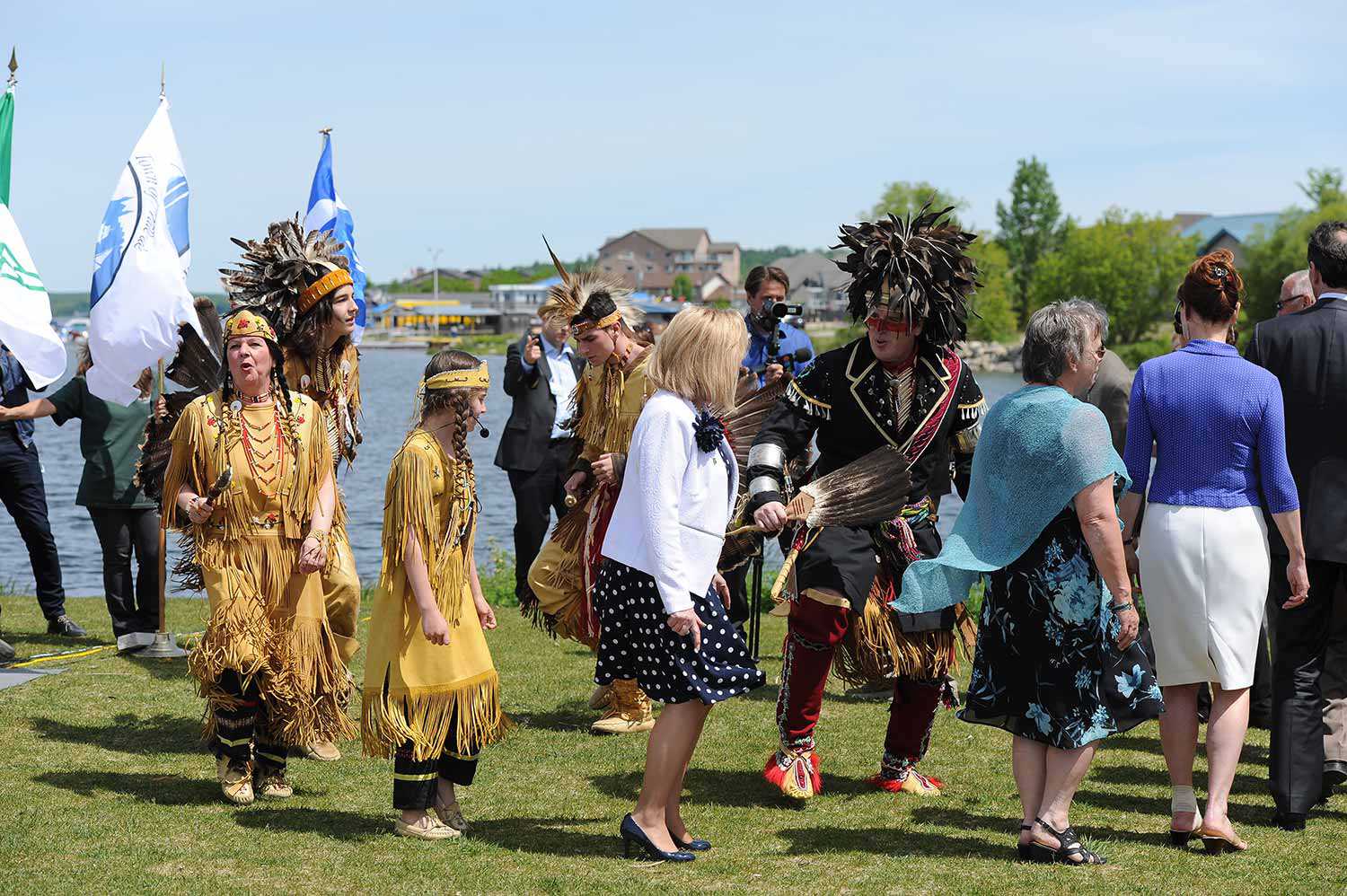
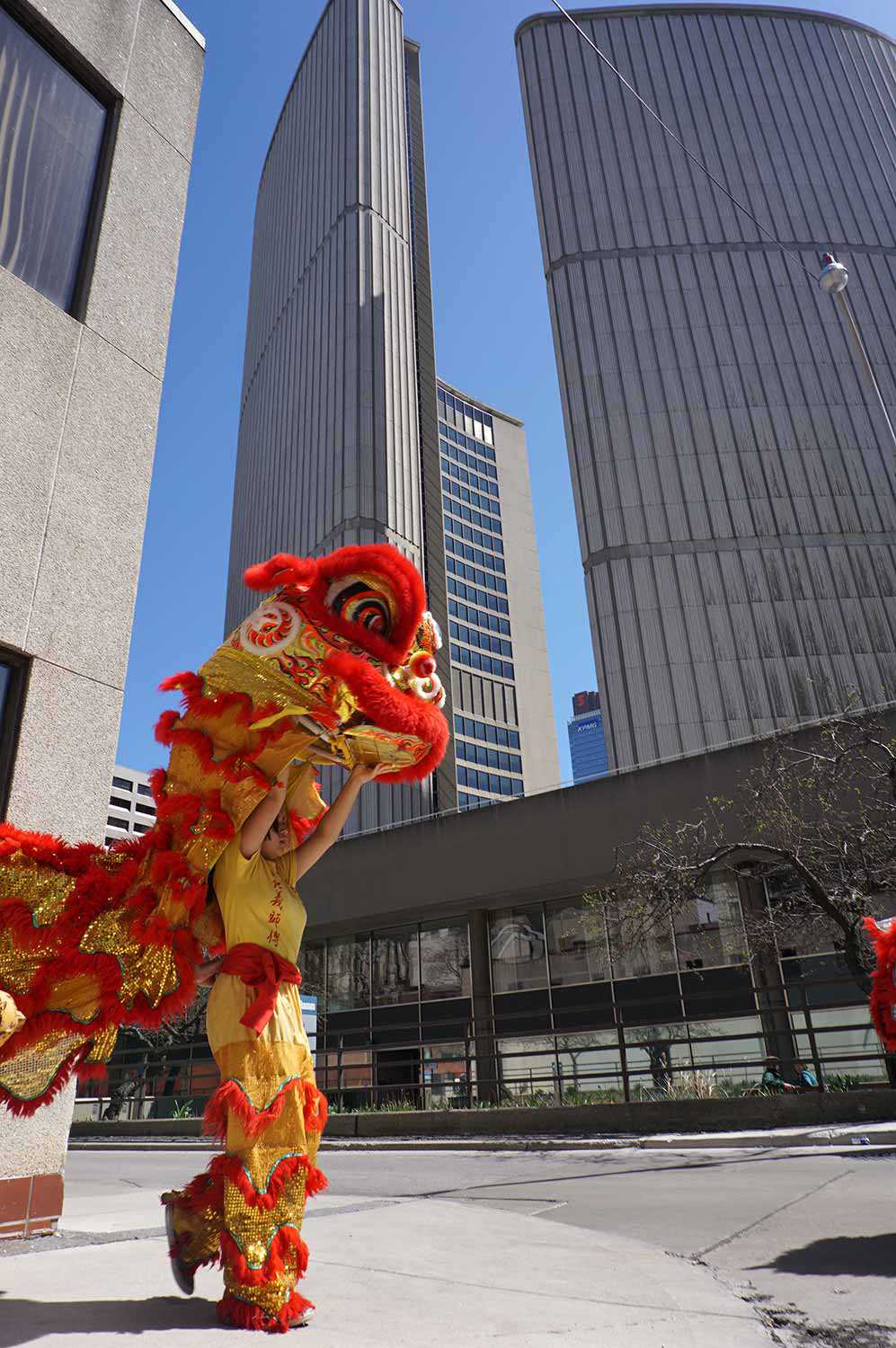
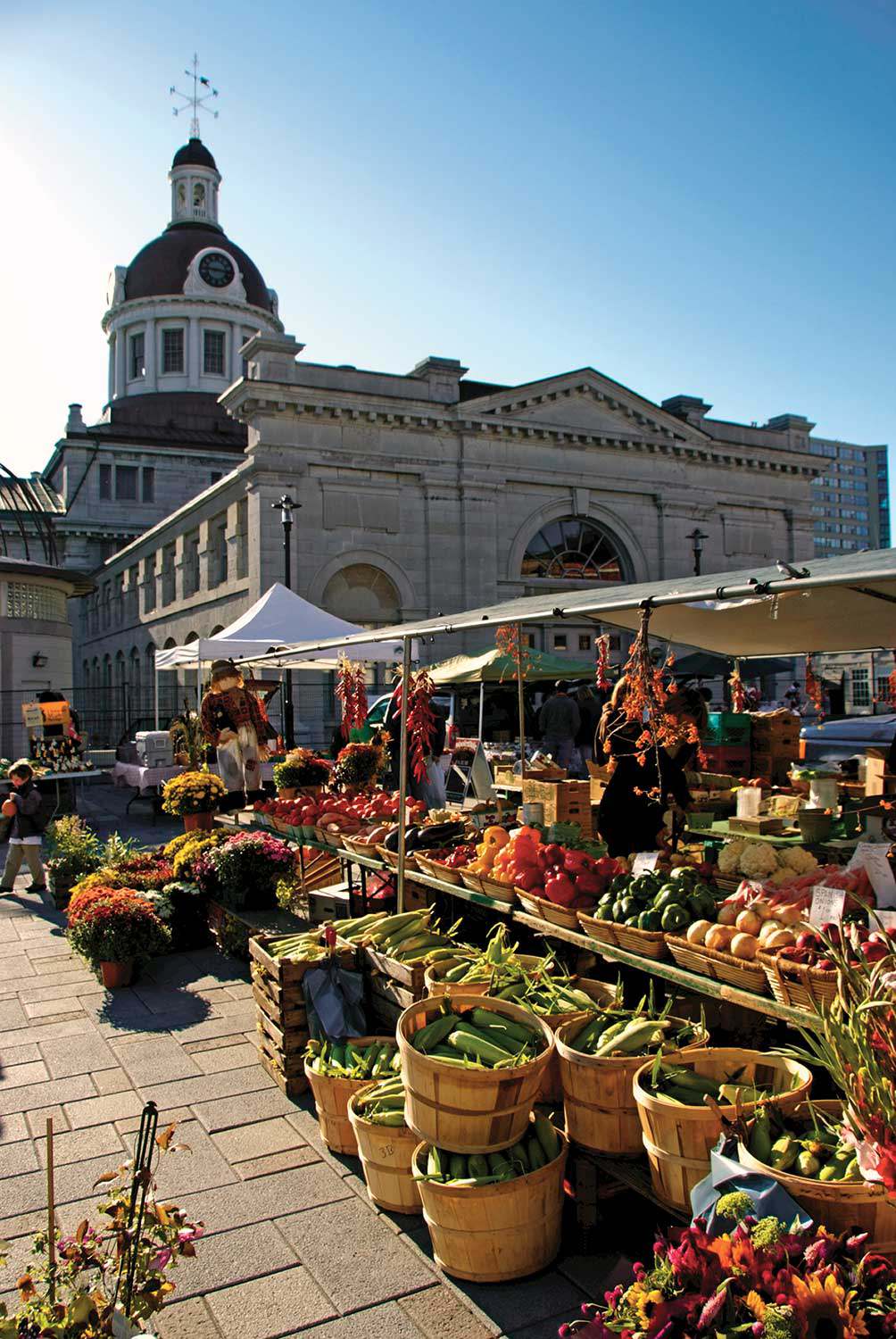

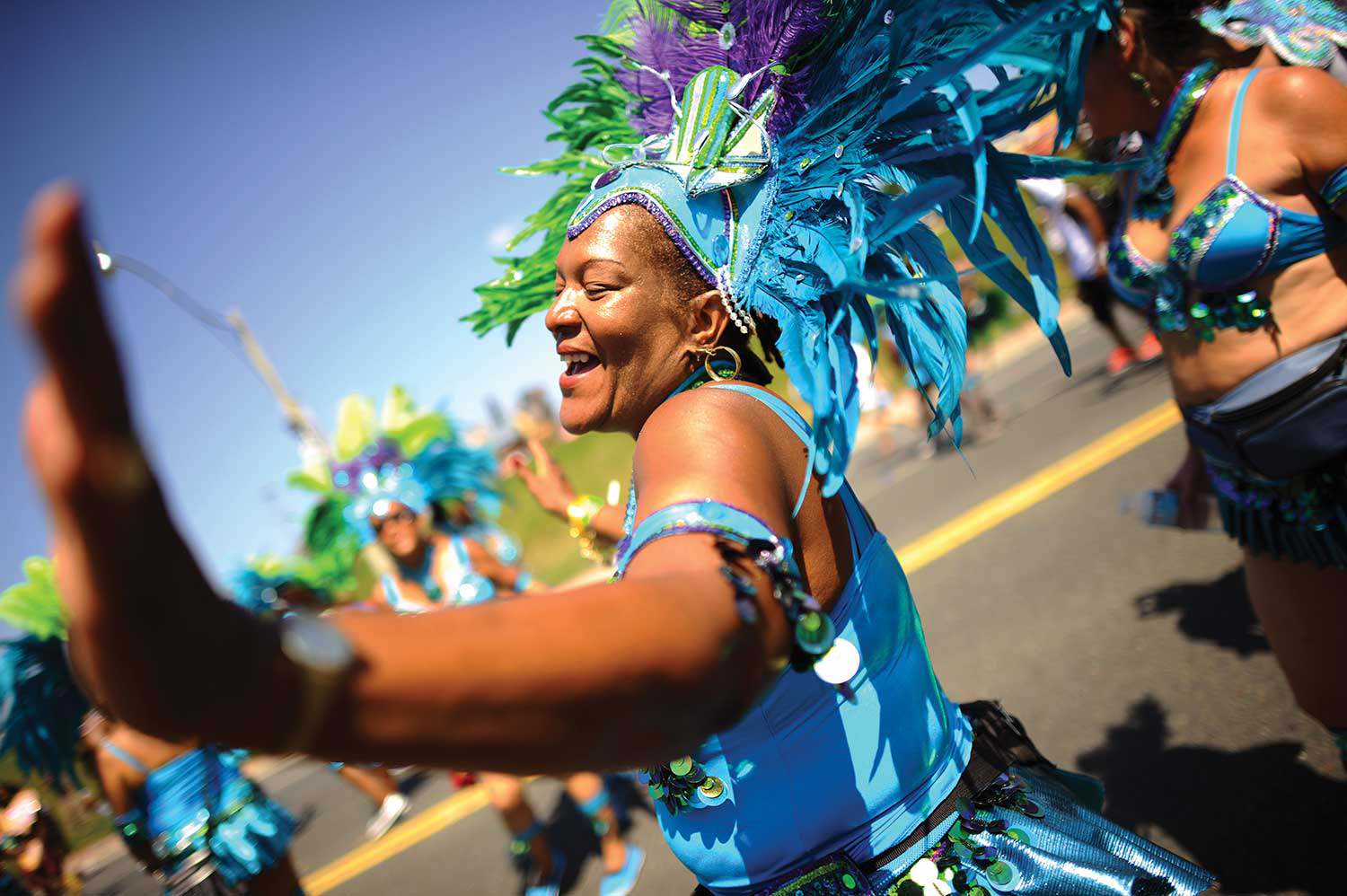

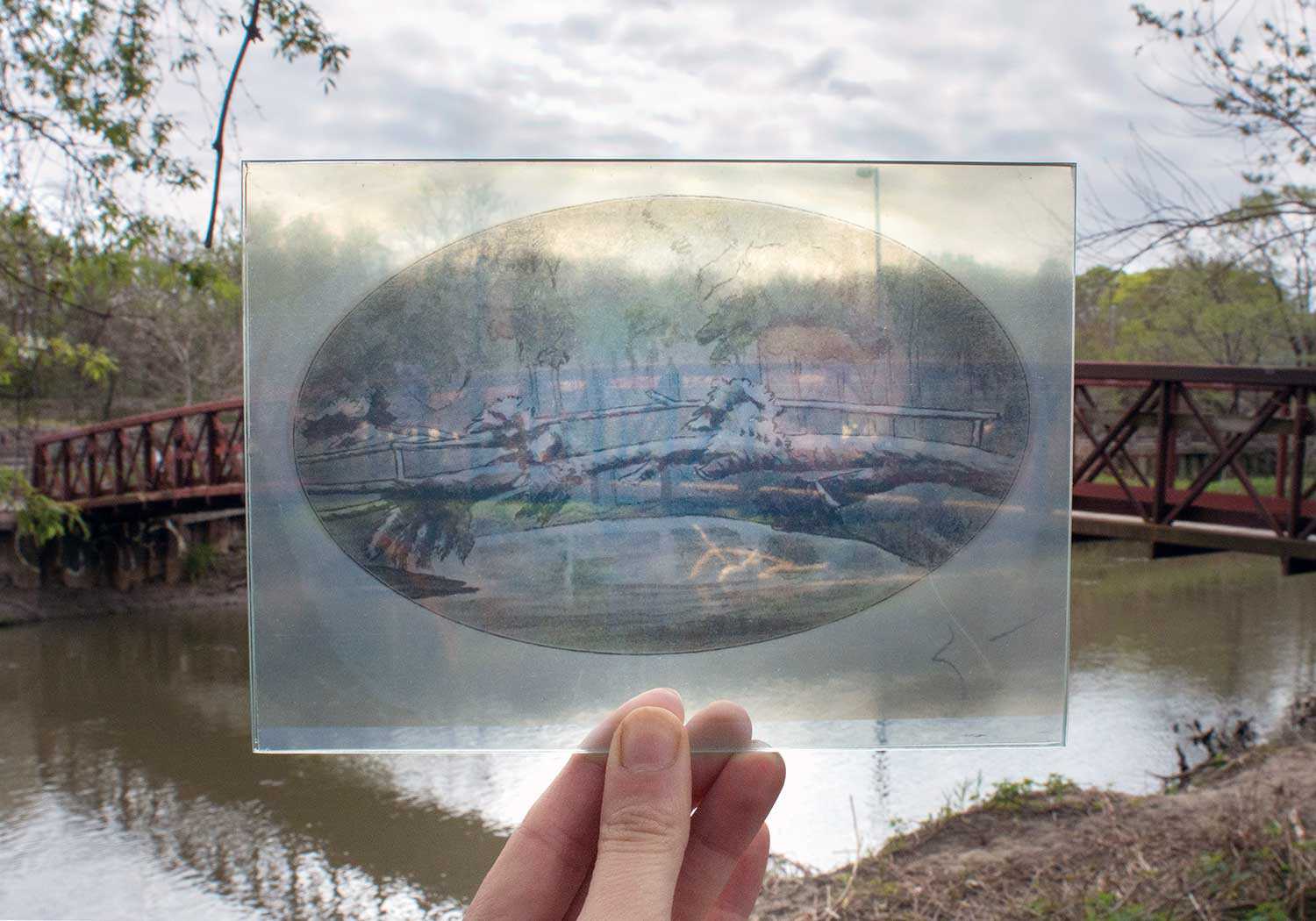
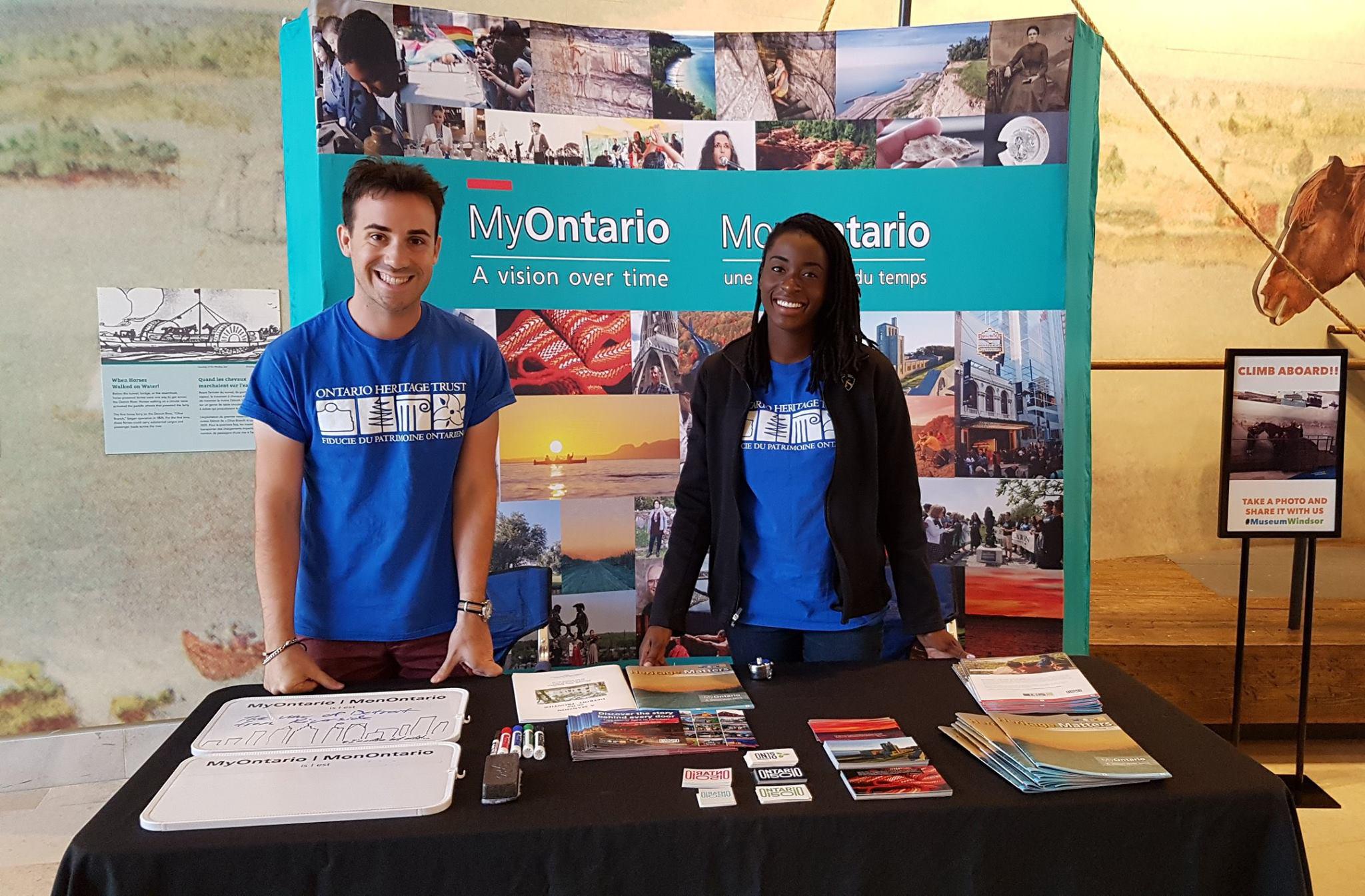
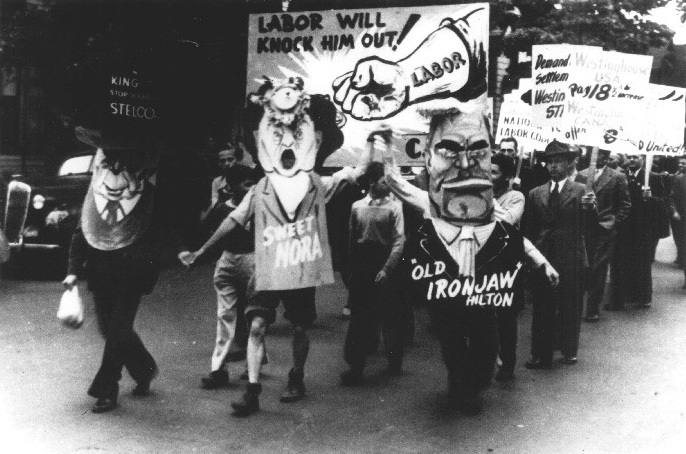

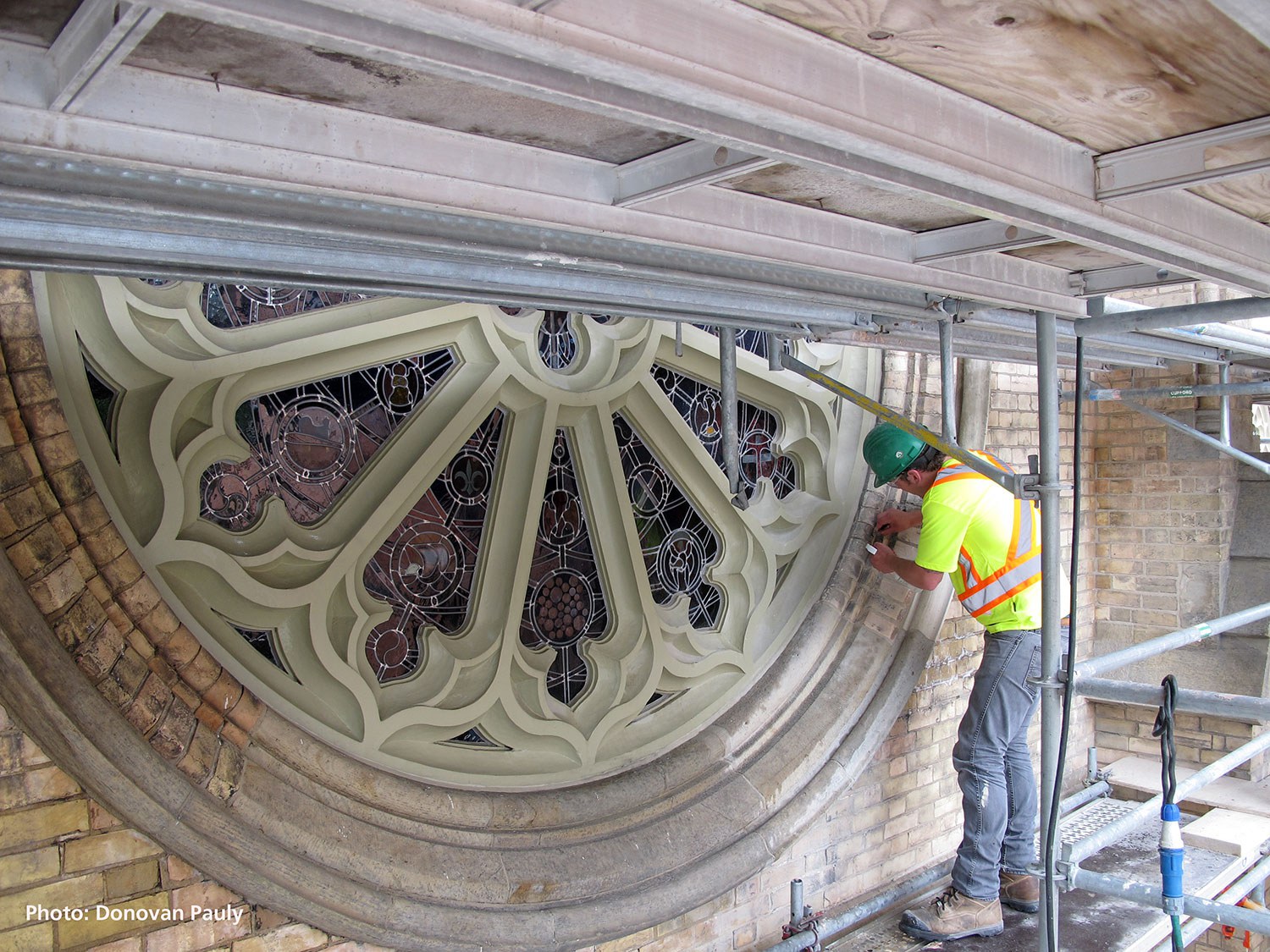
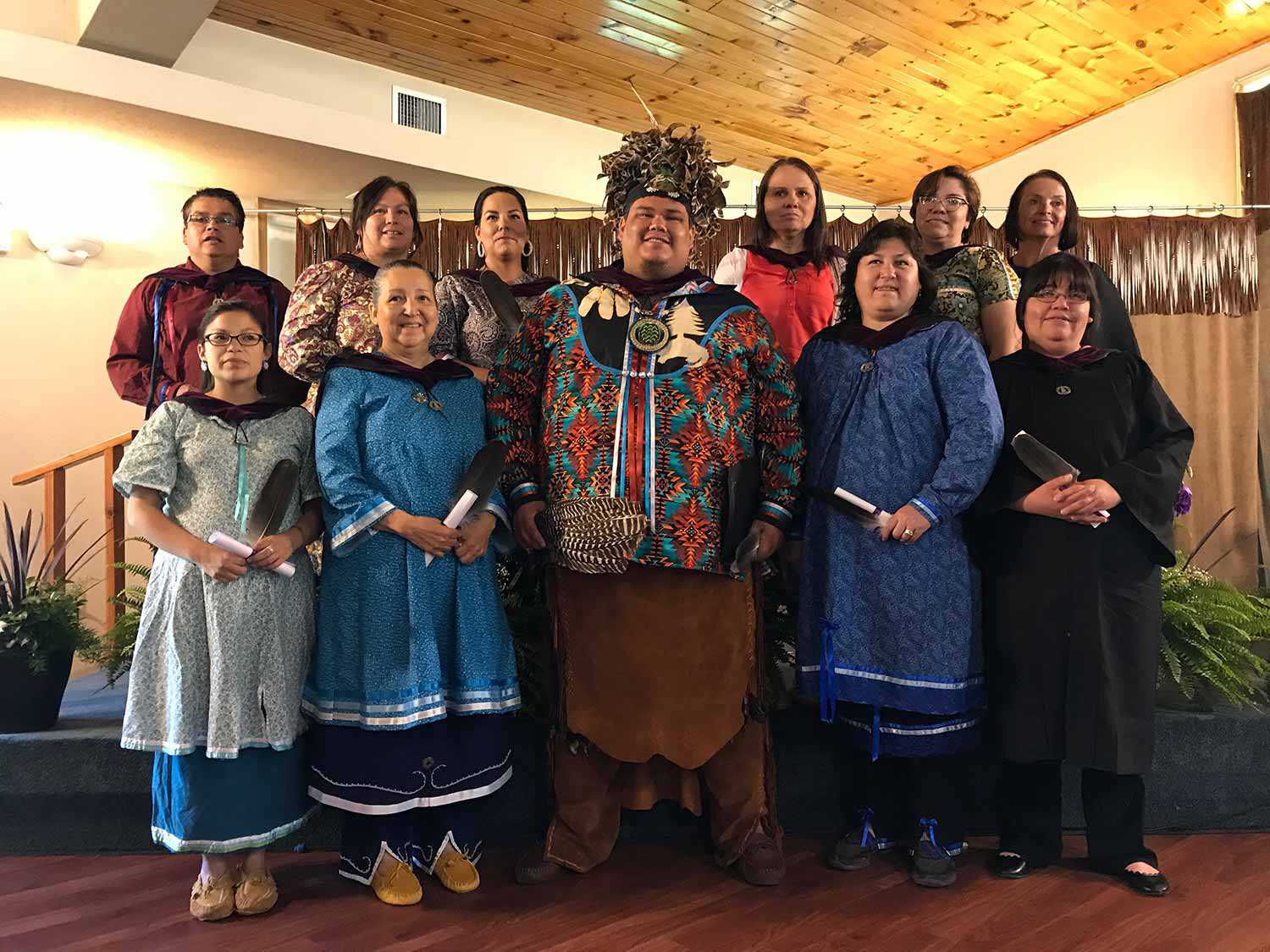
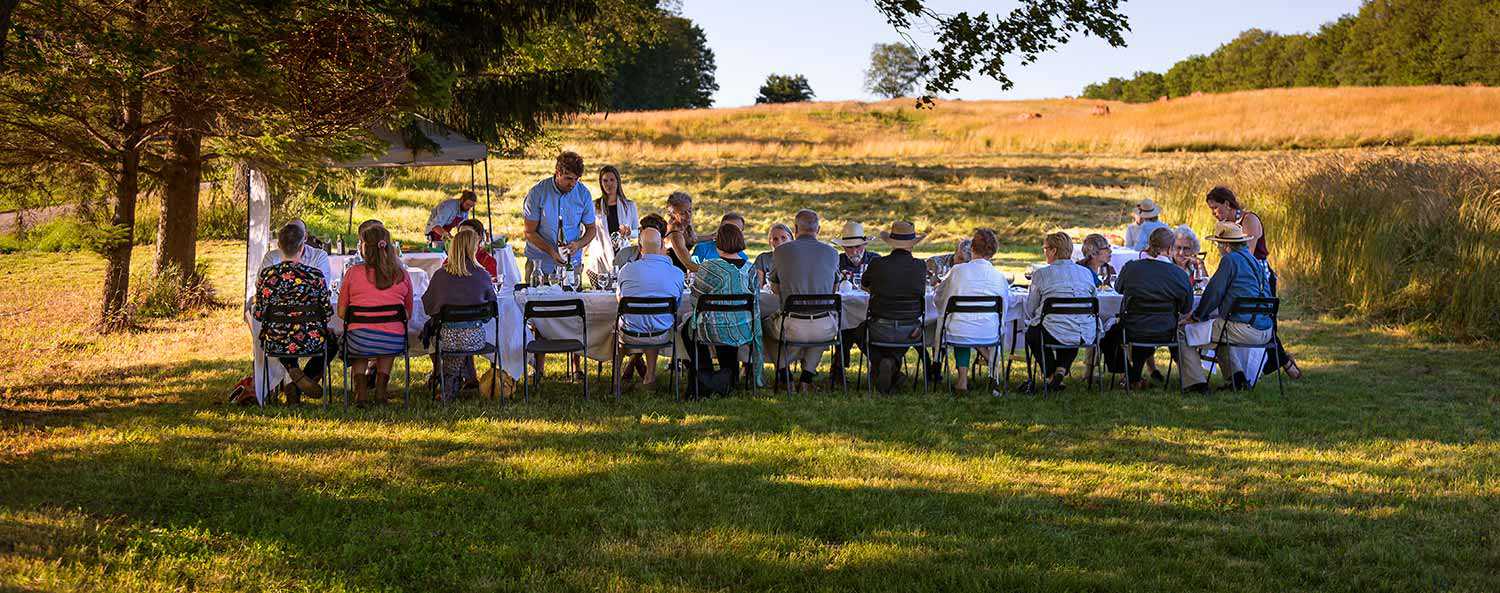
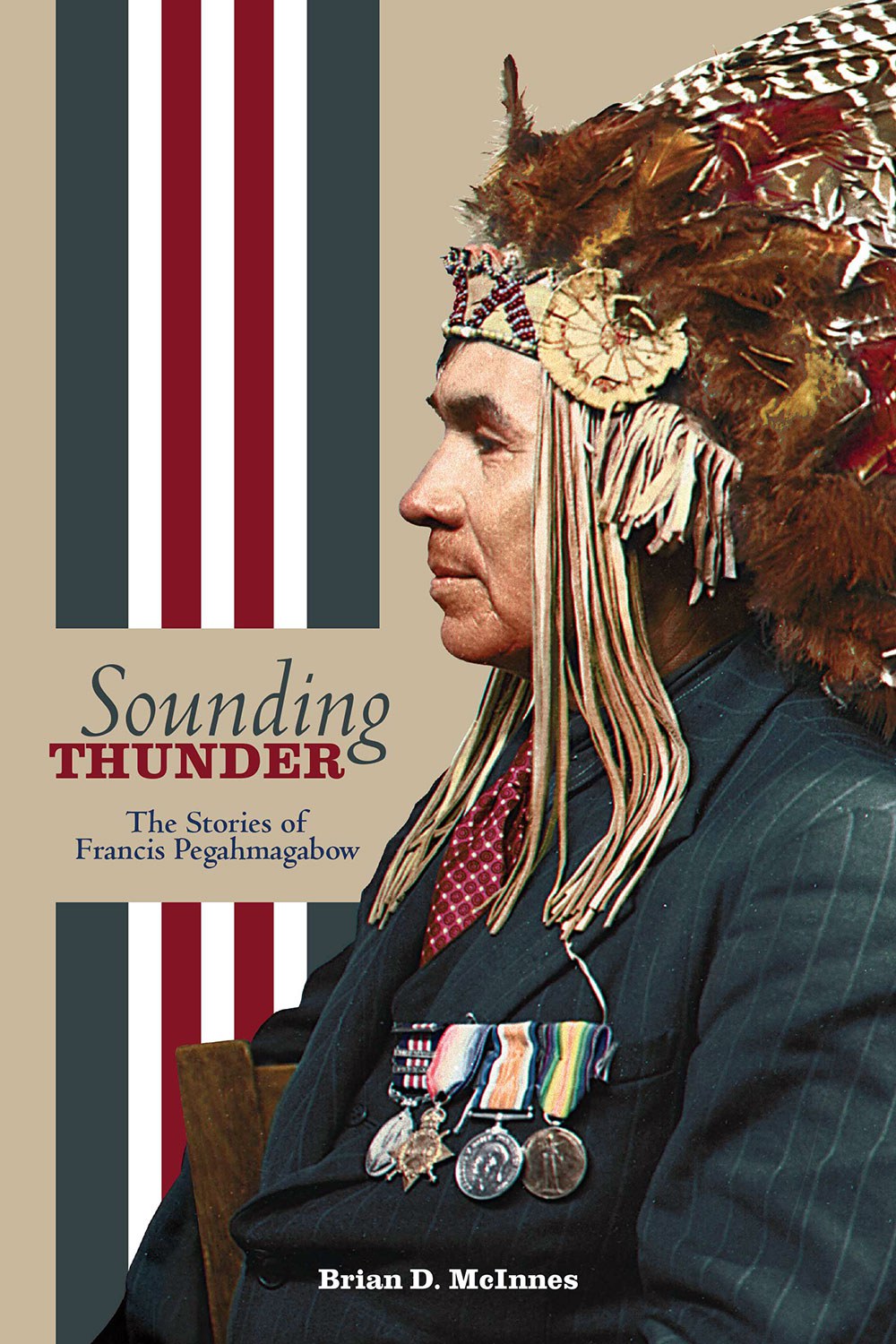
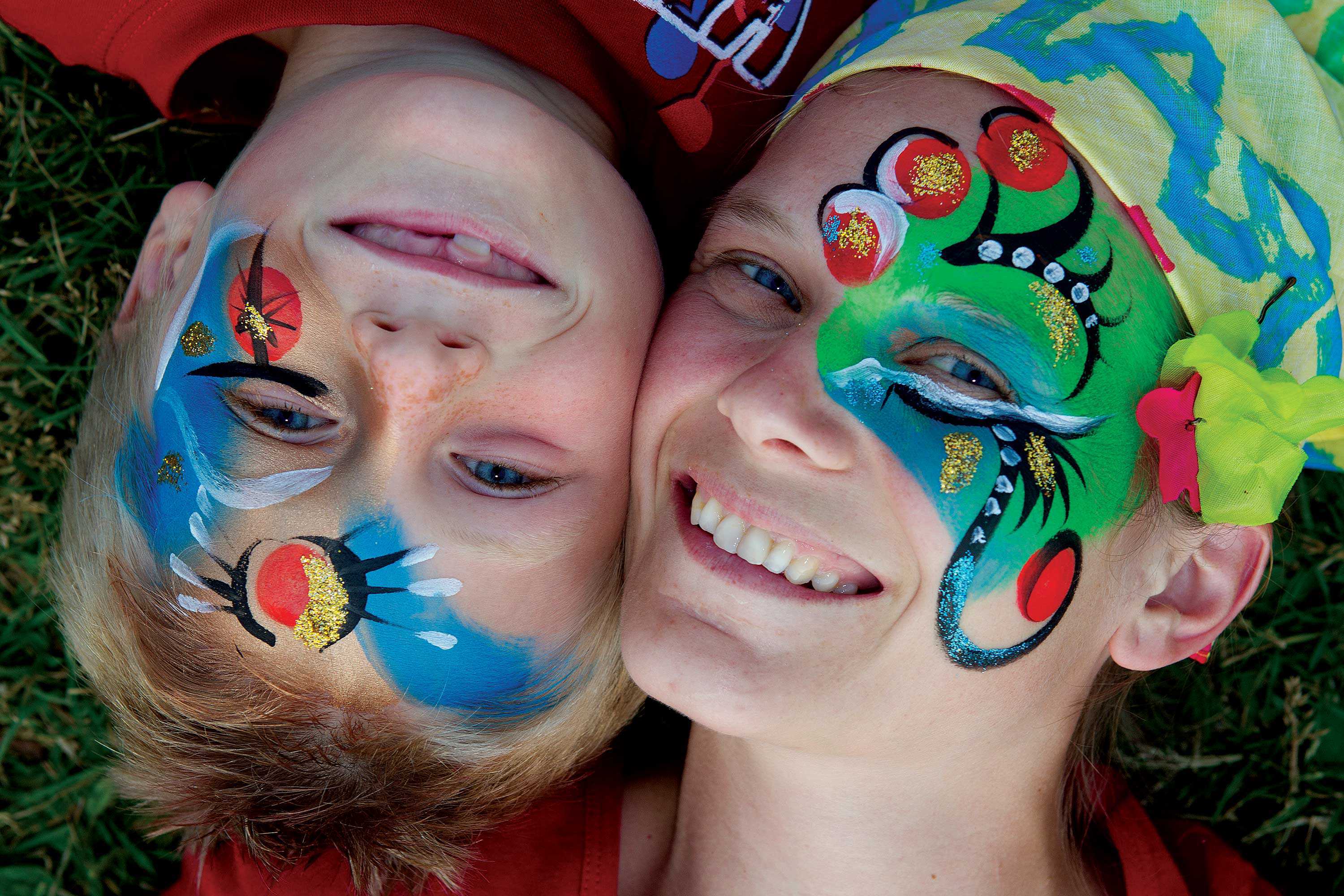
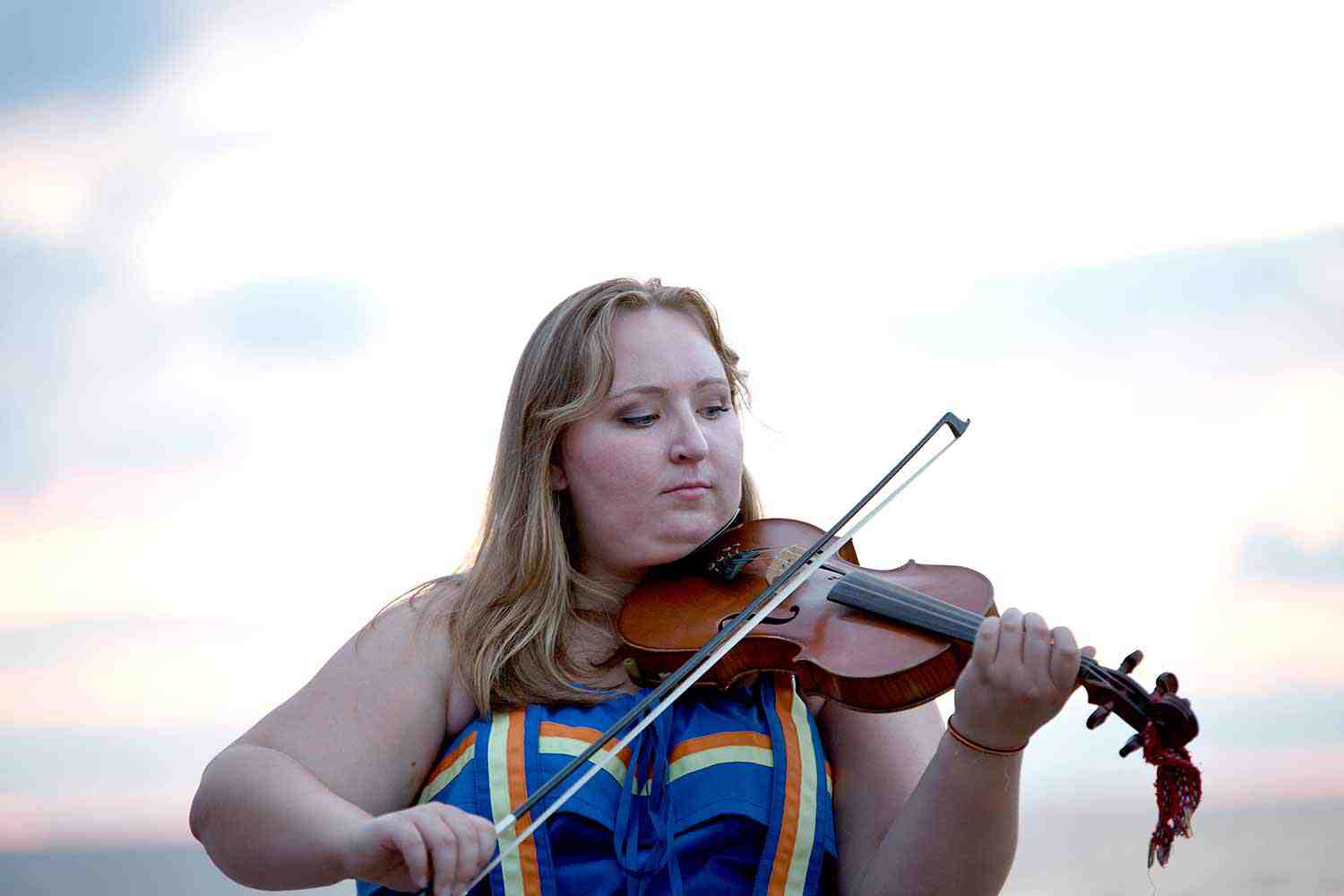
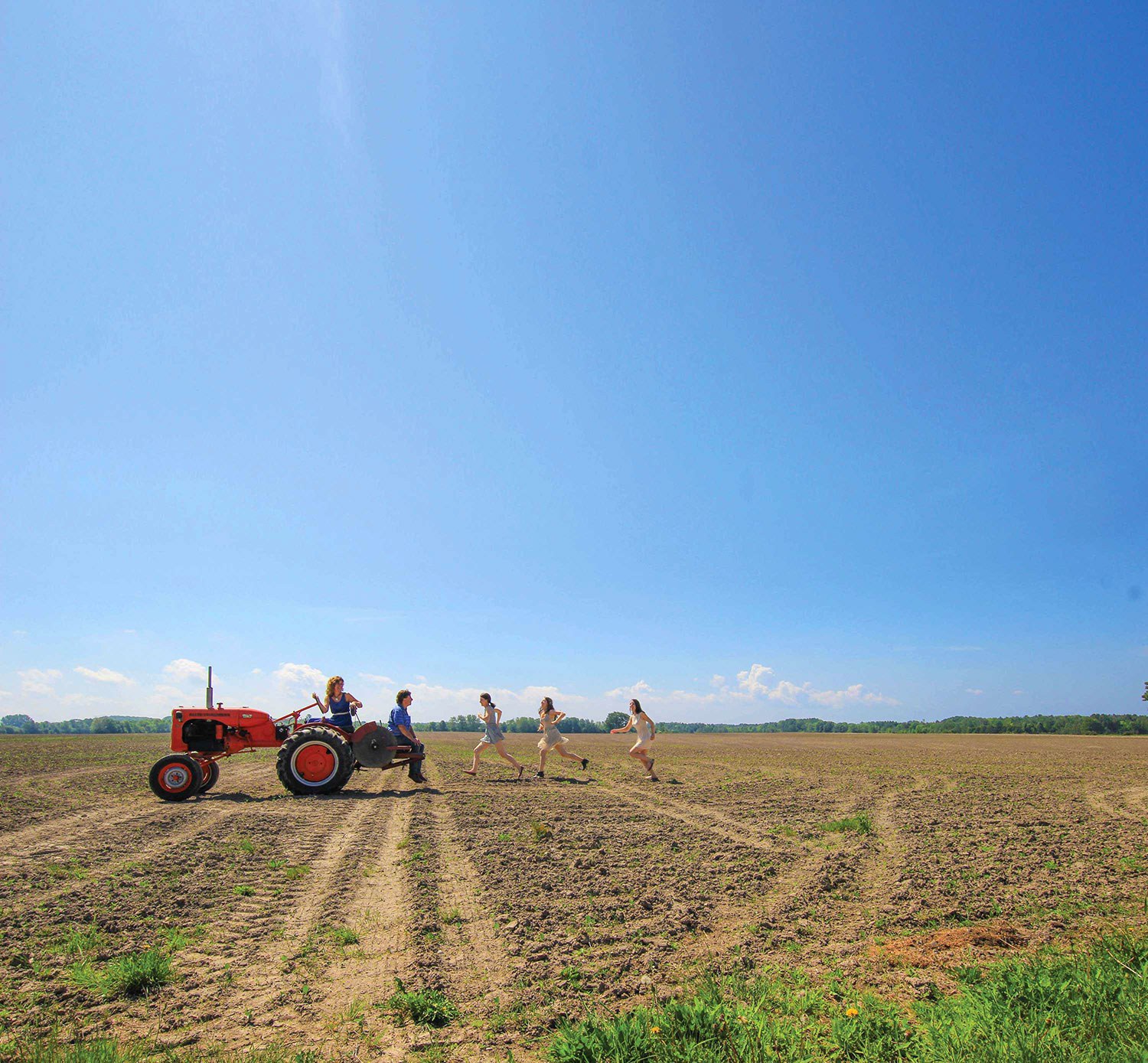
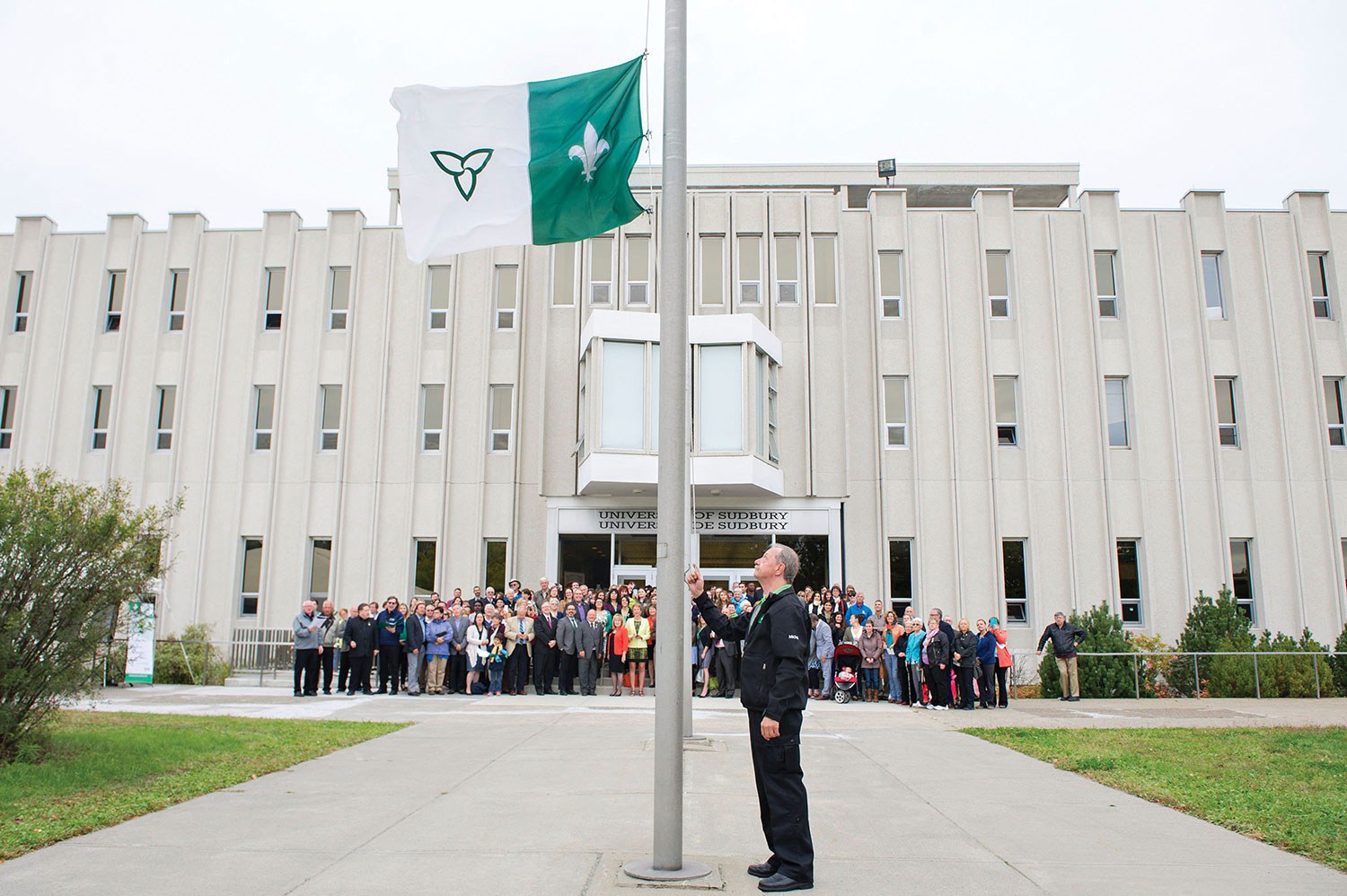
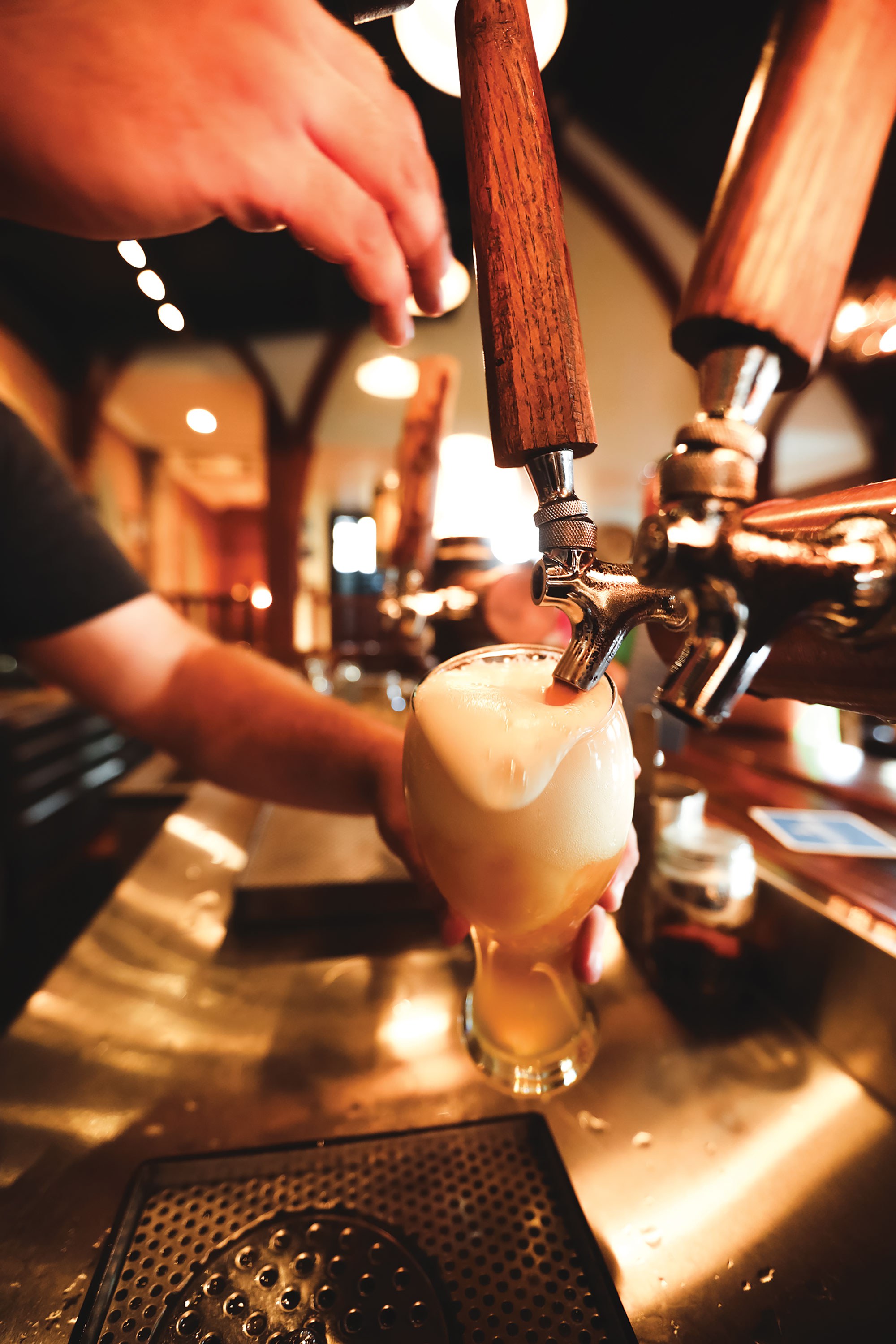
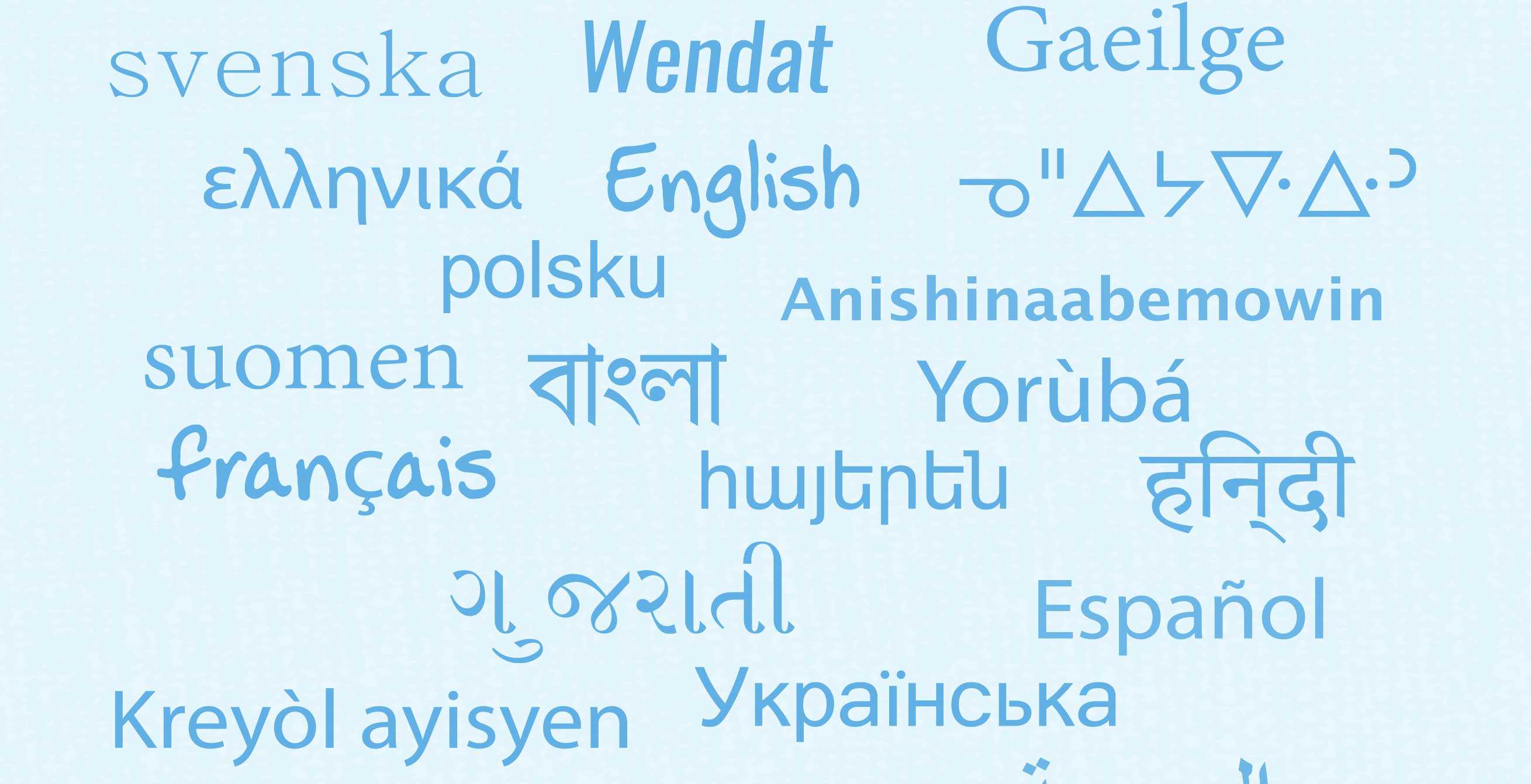
![Rose Lieberman, Rose [Hanford?] Green and Aaron and Sarah Ladovsky in front of United Bakers restaurant, Spadina Ave., Toronto, 1920. Ontario Jewish Archives, Blankenstein Family Heritage Centre, fonds 83, file 9, item 16.](https://www.heritage-matters.ca/uploads/Articles/SoupsOn_Archival_3505.jpg)
